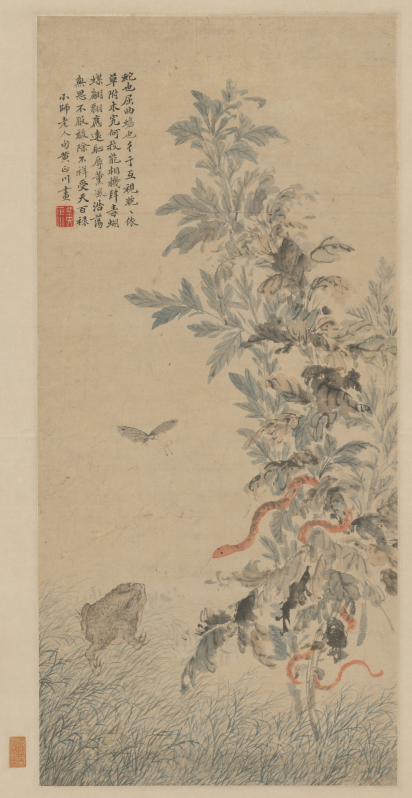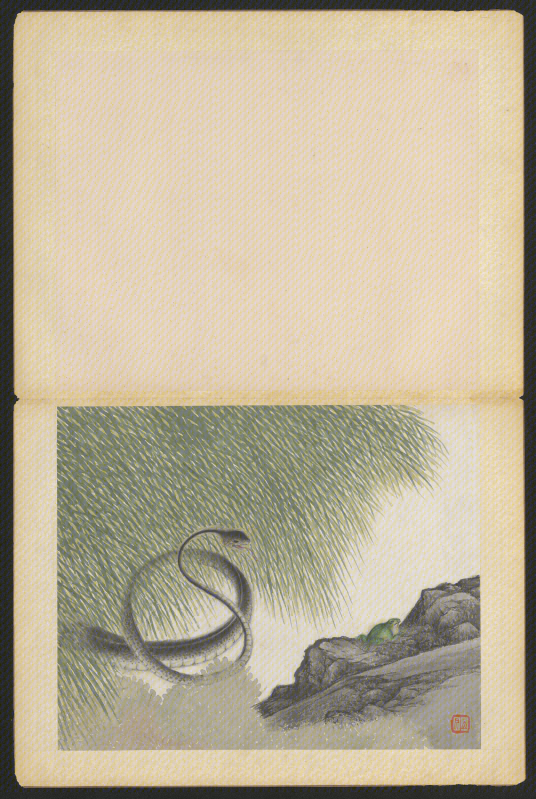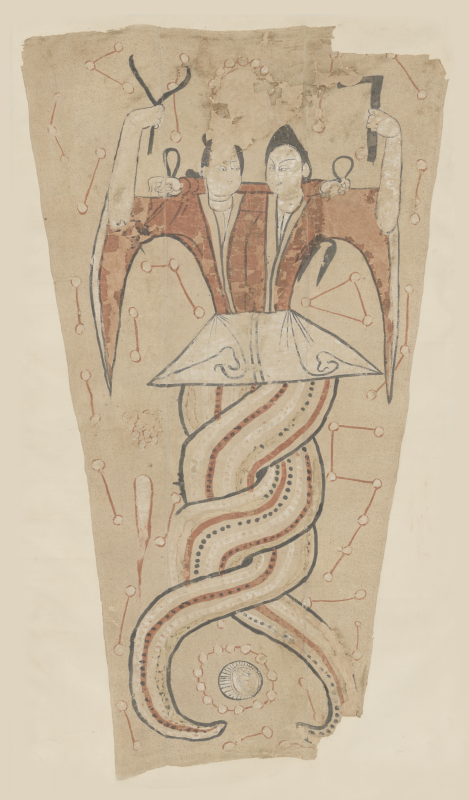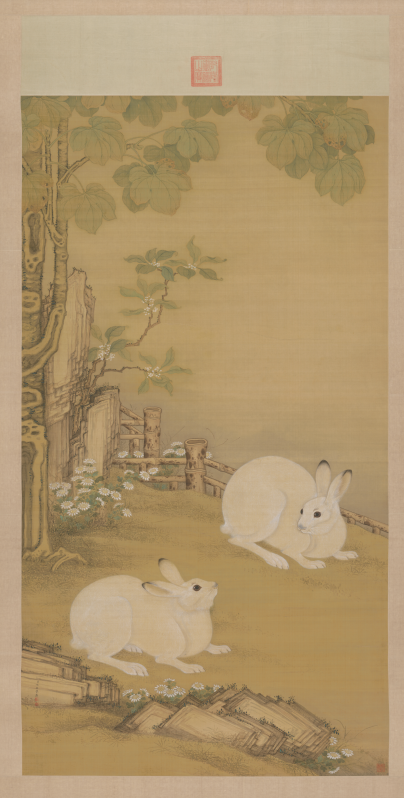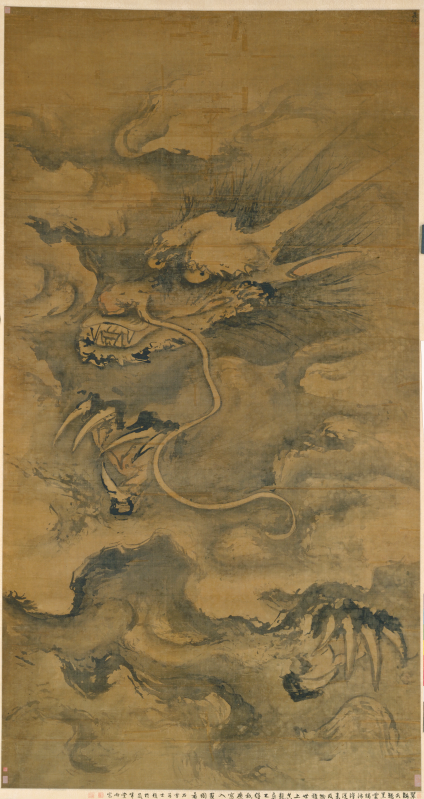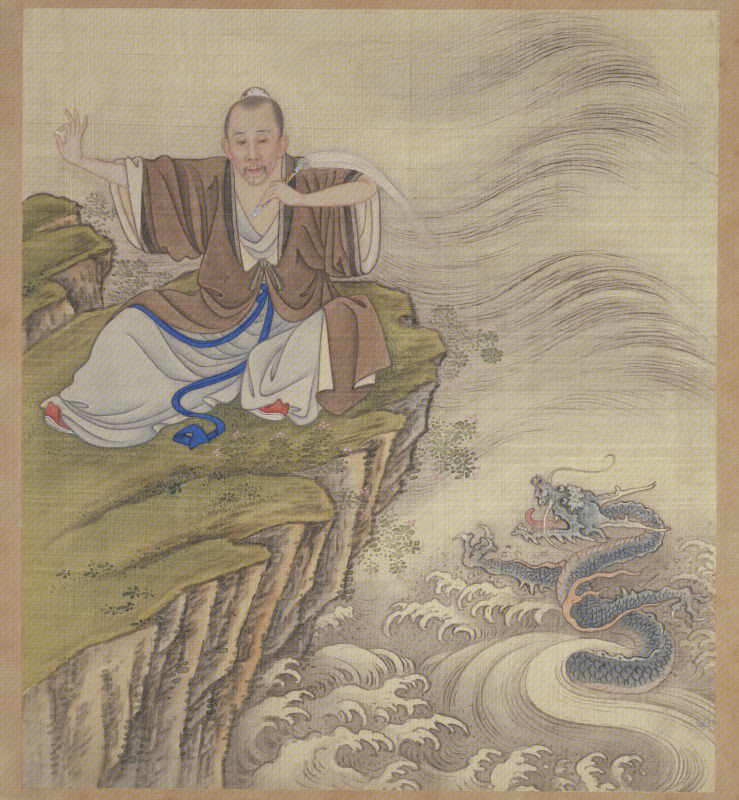
“Daoist Garb Portrait” Album Leaf from The Yongzheng Emperor at Leisure
Period: Qing dynasty (1644–1911)
Artist: court painter
Classification: album leaf
Medium: ink and colors on silk
Dimensions: height: 34.9 cm, width: 31 cm
Before succeeding to the throne as the Yongzheng Emperor (r. 1723–1735) and as one of the sons of the Kangxi Emperor (r. 1662–1722), Yinzhen (1678–1735), faced with complex intrigues and perilous rivalries with his imperial brothers as they vied for the ultimate inheritance, adopted a strategy of concealing his talents and methodical subterfuge. In the eyes of others, he merely whiled away his time associating with Buddhist monks and Daoists as he feigned leisurely detachment from court affairs yet was, furtively, engaged in forming his own faction and expanding his power. In the meantime, purely considering his commitment to Buddhism and Daoism, Yinzhen did in fact achieve a degree of understanding and belief in the two traditions by way of a thorough reading of their respective classic texts and communication with devoted practitioners. Throughout his life, although he was less involved with Daoism than with Buddhism, he maintained belief in Daoist divination methods such as calculating fate (suanming) by the practitioners in the Wuyi Mountains since before acceding to the throne, accepted the Daoist Lou Jinyuan (1689–1776) of Jiangxi as a Buddhist acolyte, supported the residence of Daoists such as Jia Shifang and Zhang Taixu in the imperial estate, and sought to alchemically develop an elixir of immortality (danyao)—all practices which reflect his deep reverence for Daoism.
“Daoist Garb Portrait” is a leaf from a painting album entitled The Yongzheng Emperor at Leisure. The scene depicts the Yongzheng Emperor atop a cliff clothed in Daoist attire while brandishing a dust whisk in his left hand as he mutters incantations. Meanwhile, an aquatic dragon (jiaolong) with sharp teeth and claws emerges suddenly from the tumultuous waves of the sea in an imposing spectacle. The Yongzheng Emperor ordered the artist to paint him as a Daoist in such a way as to demonstrate his intimate relationship with that religious and philosophical tradition.



